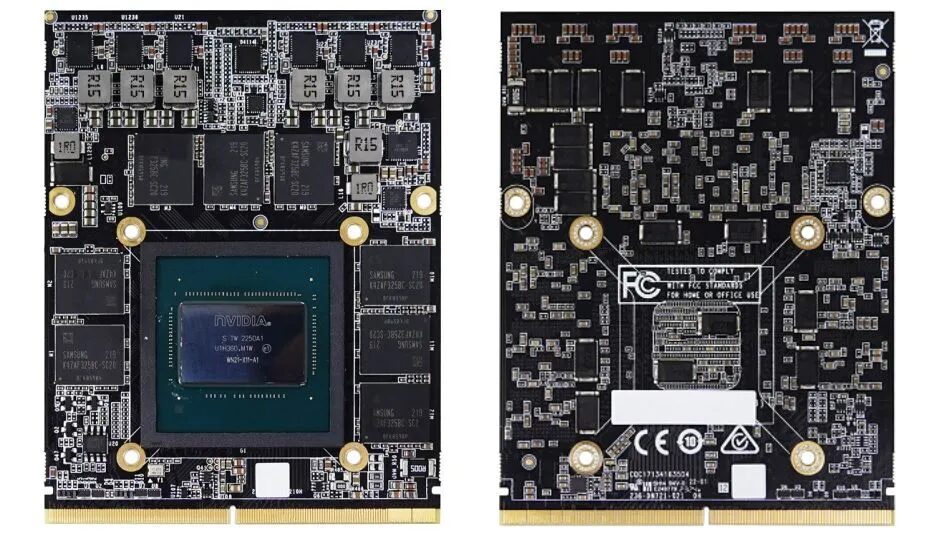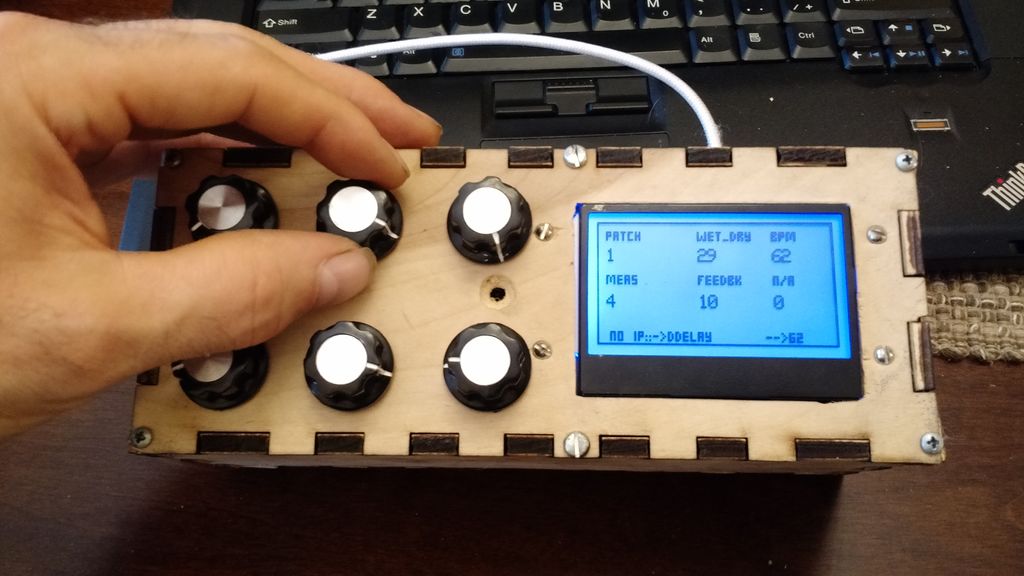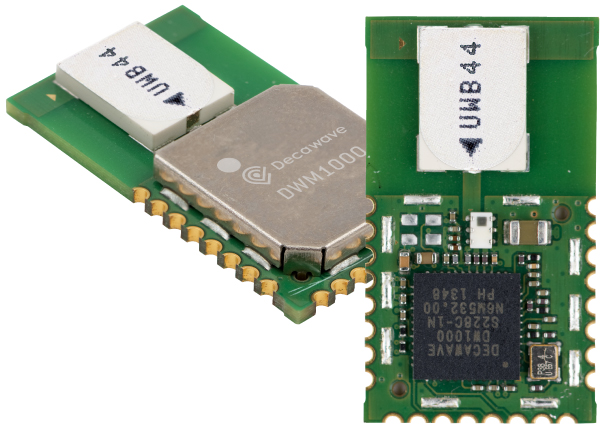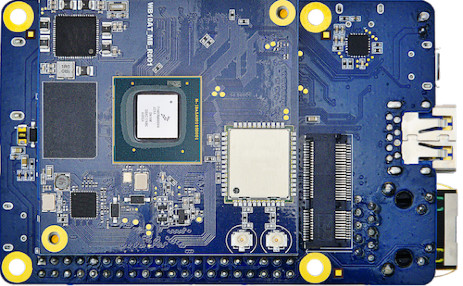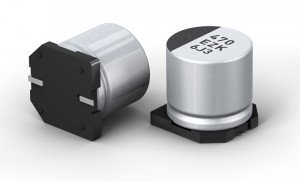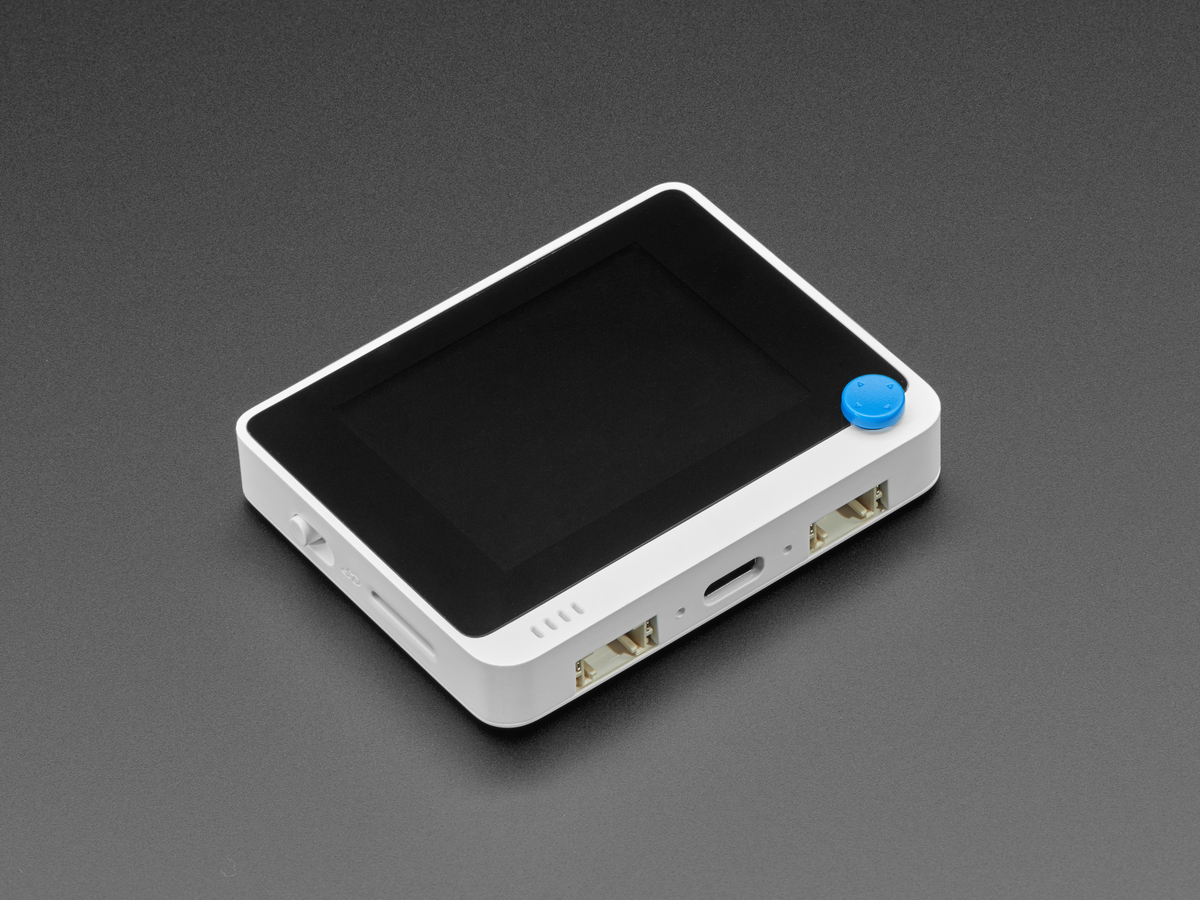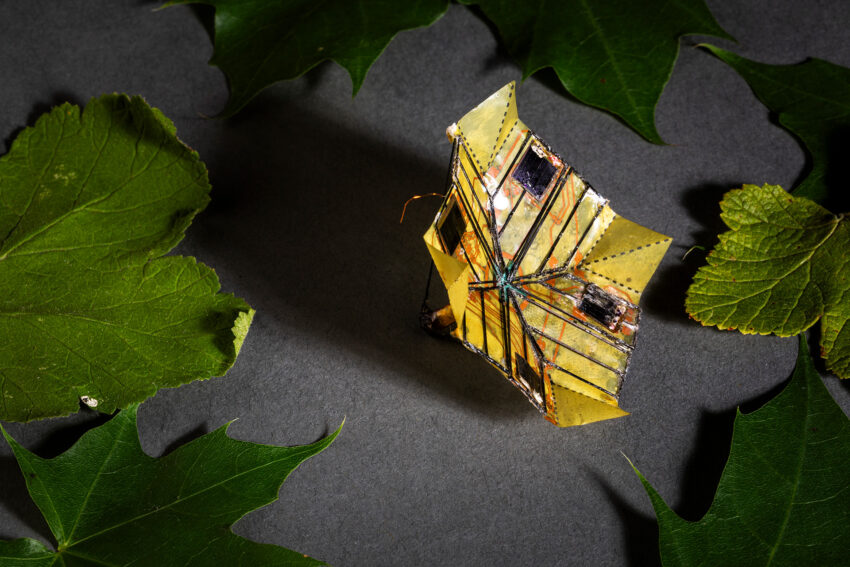
Origami-Inspired Battery-Free Microfliers Revolutionize Environmental Monitoring
Researchers at the University of Washington have introduced the Microflyer, an environmental monitoring robot inspired by Japanese origami. These flyers Operate without a battery and can alter their movement in mid-air by swiftly transitioning into a folded state during descent.
The microfliers weigh around 400 milligrams and – that is half as heavy as your fingernail – or think about a 400mg pill – That’s Light! Researchers tested the microfliers by dropping them with a drone from 40 meters in a light breeze, and it could travel 98 meters without any issues. The team published these results on Sept. 13 in Science Robotics.

The microflier design is inspired by a Miura-ori origami fold, which involves folding a flat surface like a sheet of paper into a smaller area. So, researchers used this design concept while designing the microfliers with two distinct states. Researchers discovered that in the unfolded state, the microfliers fall rapidly like a rock. Still, in the folded form, they descend gracefully like a maple leaf.
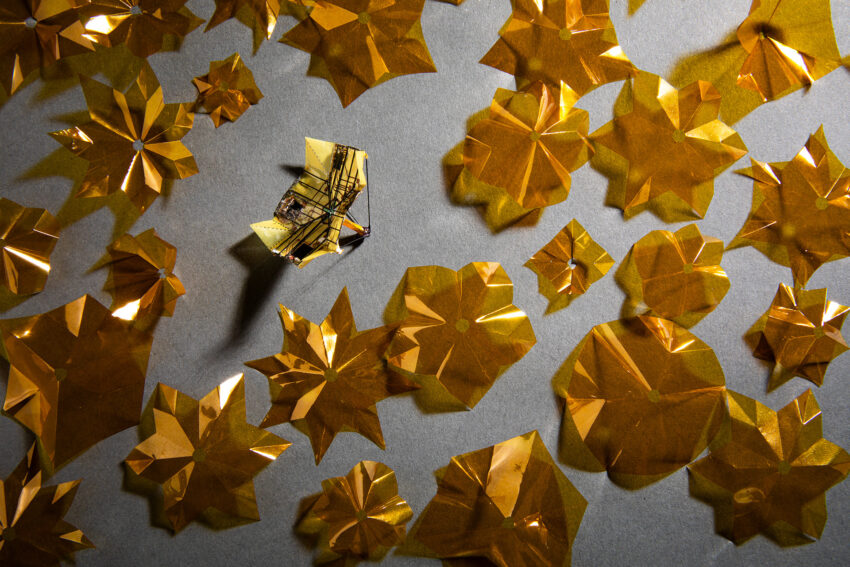
The fold-and-unfold action is achieved with an electromagnetic actuator that produces peak forces of up to 200 millinewtons within 25 milliseconds. In mid-flight, this action can be controlled in three ways. The first uses the onboard pressure sensor to gauge altitude and set the threshold. It can also use a timer on board to change the state, or it can be activated through a Bluetooth signal. Other than that, it can monitor temperature, humidity, and pressure with onboard sensors, and it also has Bluetooth Radio to transmit the data wirelessly. But the most astounding part about this is the whole circuit is powered by a solar harvesting circuit that powers every sensor and the onboard microcontroller.
“Using origami opens up a new design space for microfliers,”
said Vikram Iyer, UW assistant professor in the Paul G. Allen School of Computer Science & Engineering.
At the time of writing this article, the existing microfliers can transition only in one direction: from the tumbling state to the falling state. This way, the researchers can control the descent of multiple microfliers. This approach introduces new design possibilities. For instance, can we gain more control by switching between states? Could we find ways to guide their direction and make them land precisely where we want? We aim to pave the way for a new type of flyer and flight techniques.
The data and code for the microflier project are openly accessible for review. For additional details, you can reach out to origamifliers (at) cs.washington.edu.




